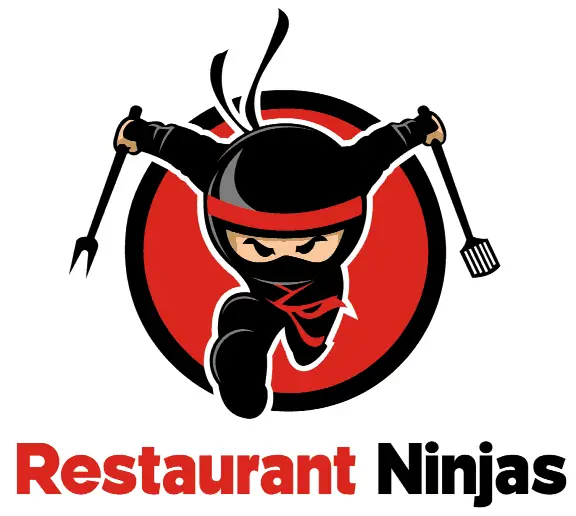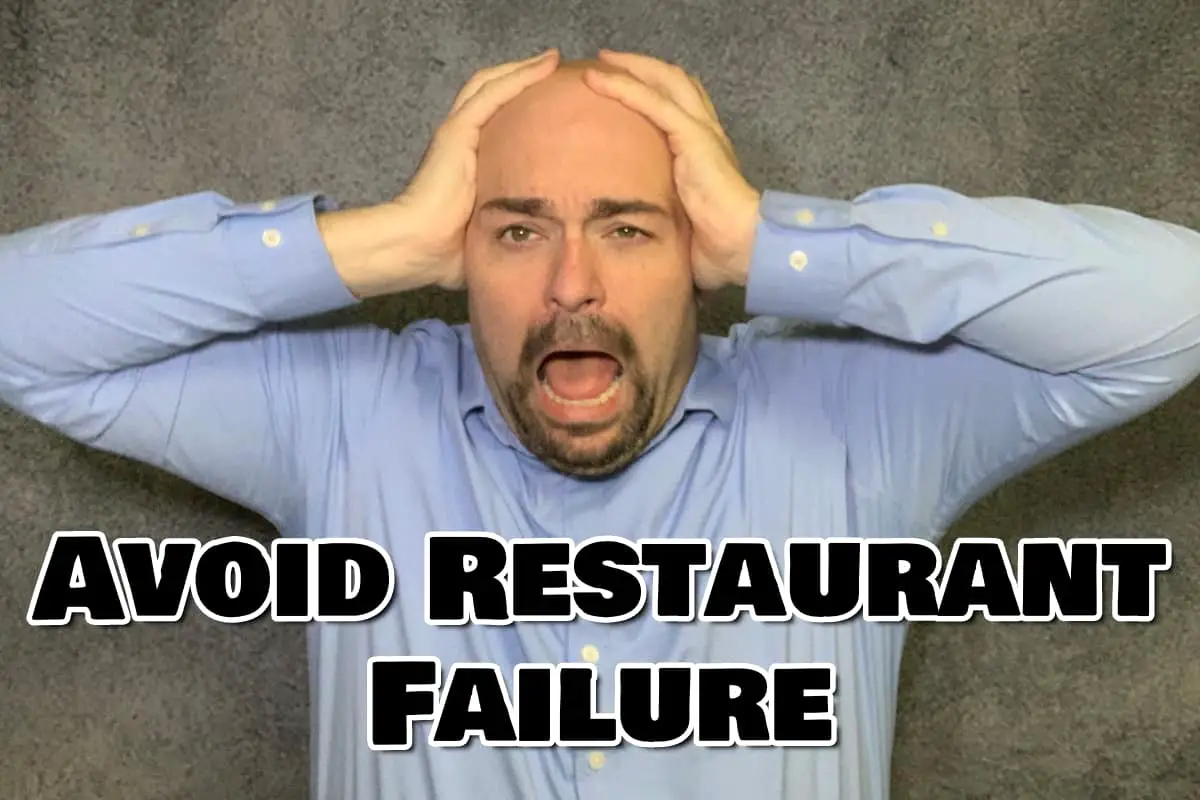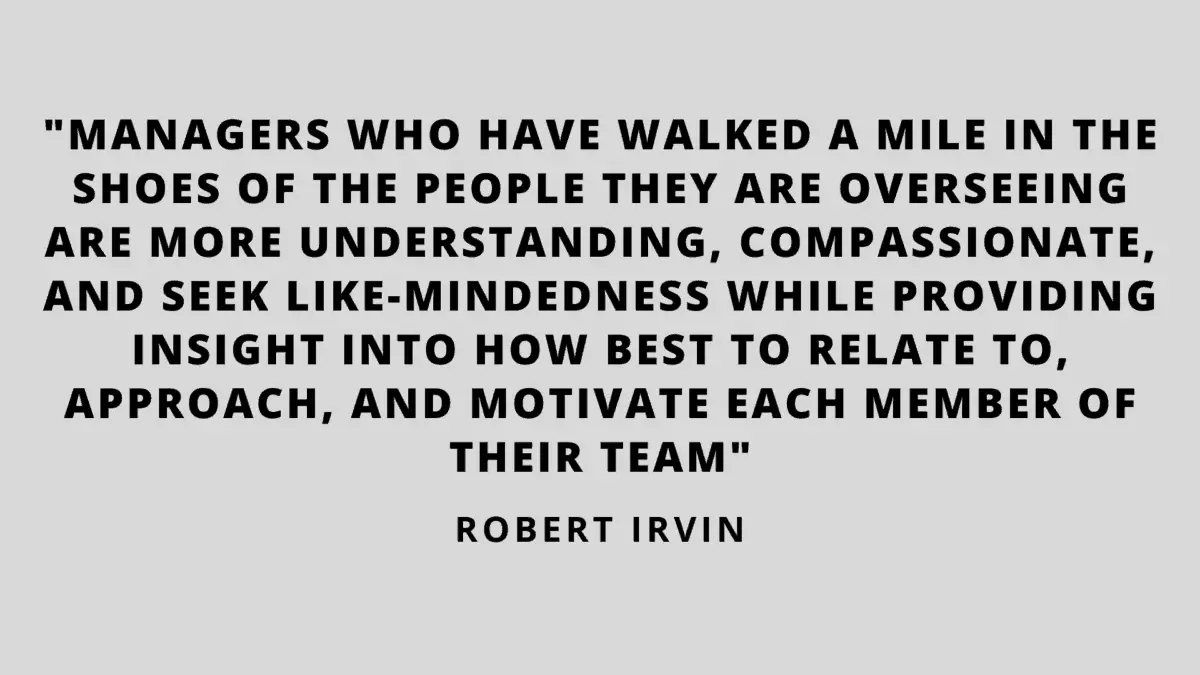It’s no secret that new restaurant startups have a ridiculously high failure rate. If you are a new or prospective owner it’s impossible not to hear some of the statistics that get thrown around and wonder if you are on your way to becoming part of that statistic. It begs the question of what the most common reasons are that new restaurants fail. More importantly, how can new owners go about ensuring they don’t succumb to these problems?
In this article, I am going to dive into all of the major reasons that restaurants fail and actions that can be taken to avoid them. One thing I want to say up front is that all of these problems (and resulting failures) are entirely preventable. In most cases, even if you are already operational and starting to fall prey to one of these problems, you can still “right the course” before disaster strikes.
The 90% Failure Myth
Before going into the causes and solutions of restaurant failure, I want to take a look at the statistics regarding restaurant failure and throw some cold water on the urban legends often popularized in the industry. The academic studies that have been done present a reality that does not lineup with some of the oft-quoted myths.
A Restaurant Reality show from 2003 popularized a myth that the 5-year failure rate is around 90%. This urban legend has spooked out many would-be owners. I wouldn’t be surprised if it even acted as a self-fulfilling prophecy for some, leading them to exit early on “when the getting’ is good.”
Fortunately for restauranteurs, the 90% failure rate is not accurate. For starters, the proof is in the math as a 90% failure rate does not lineup with the National Restaurant Association Growth Rate of 3% – 4% growth. If that math wasn’t enough, Professor H.G. Parsa of Cornell University led an in-depth study on the subject.
| Year #1 Failure Rate | 26% |
| Year #2 Failure Rate (Includes Year 1) | 45% |
| Year #3 Failure Rate (Includes Years 1 & 2) | 59% |
| Total Failure Rate in 3 Year Study Conclusion | 55% – 60% |
As you can see in the results above, the study had a much more favorable failure rate to report than the myth. The research could find nothing to support the often quoted failures of 60% in year one, 80% by year four, and 90% by year five. He concluded that a more accurate failure rate is in the 55% to 60% range in the first three years. Surprisingly, Parsa found restaurant startups to be quite successful when compared to other industries.
Lastly, he noted that failure is the wrong word; a decent chunk of his sample left the business for reasons not related to monetary failure, but the sample size was too small to draw any statistical conclusions from it.
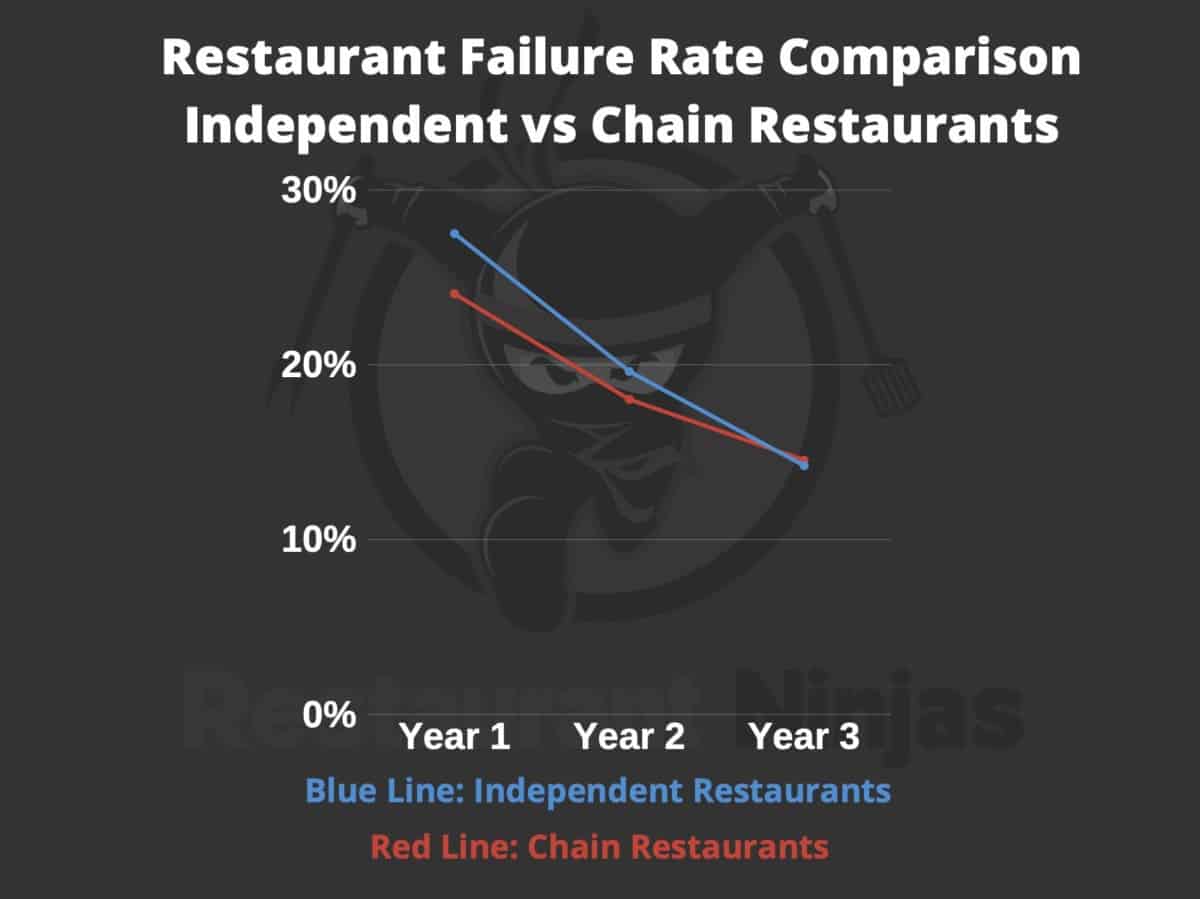
It’s not surprising to me that chain restaurants have a lower rate of failure than independent restaurants. Chain restaurants usually have systems and procedures in place to prevent, or at least mitigate all of these potential problems. It also doesn’t hurt obviously that chain restaurants typically have far more operating capital and a clearly defined concept.
Top Reasons Restaurants Fail
Bad Location
Choosing your location is one of the most impactful decisions you will make when opening a new restaurant. The old cliche, “Location, Location, Location!” leads to the eventual failure of many restaurant owners. Choosing the wrong location can be the beginning of the end for your business.
Deciding to open a restaurant in a poor location is also one of the hardest to overcome. If you can quickly build a reputation, you might be able to overcome a site with poor visibility or accessibility, but you are fighting an uphill battle. An almost impossible location decision to overcome would be if your place is in a part of town that your clientele simply does not wish to travel to or be in at all.
The other key factor in picking a bad location is the price of the rent. You need to ensure you don’t choose a site that is too expensive.
Solution: Complete a thorough location analysis before signing a lease. This can be completed on your own or through an outside company. At a bare minimum, a location analysis will involve gathering information regarding:
- Surrounding Population
- Restaurant Density
- Visibility
- Demographics
- Foot Traffic
- Vehicle Traffic
- Accessibility
- Curb Appeal
- Price
Inexperience
It never ceases to amaze me how many restaurant owners open a restaurant without any prior experience. They go in blindly with a set of expectations formed someplace other than reality and are quickly shaken awake when the dream becomes a nightmare. The fact that you are a great cook at home or that you have a secret family marinara recipe rarely translates to success as a restaurant owner.
Many of these inexperienced owners find themselves quickly knocking on the door of failure. If you are already in that situation, it’s going to be challenging to dig yourself out without significant financial resources. Opening a restaurant with minimal experience and zero guidance is a colossal mistake regardless of your past experience in other business sectors. This includes owning businesses in other unrelated industries.
If you have the desire and the capital to open a restaurant, there are some solutions that can make it happen. If you’re inexperienced and broke and planning to invest your life savings into opening a restaurant, you are most likely going to fail. No amount of grit or determination is going to make up for lack of this combination.
Solutions: Hire a restaurant consulting firm to help you plan and design your concept. With their help, you will be able to develop a business plan and put it to action. You’re also going to want to hire an experienced management team with a strong General Manager. This is all going to be very expensive and is only an option for an inexperienced restaurant owner with a lot of capital to invest.
If opening a restaurant is a long-term dream, consider getting a part-time job in a restaurant that is similar to your vision and spend a few years learning the ropes.
Running Out of Money
Opening a restaurant takes a significant amount of cash. Some would-be owners hope to survive on their talent alone and open on a shoestring budget and a prayer. In truth, some of these cases have been incredibly successful, but they are the exception, not the rule. The common denominators in these cases are their talent, business acumen, people skills, strong leadership, and a heavy dose of luck.
I have seen some incredibly talented restaurateurs fail because they simply did not have enough capital to get their operation off the ground. I have seen others fail who had just enough to get started but not a penny more. Some even plan to take a paycheck from day one, which is unrealistic. Not having enough money means potentially bouncing your employee’s paychecks and not having enough money for food.
Solutions: Don’t open a restaurant without a substantial business cash reserve, a well-thought-out plan, and at least one year’s personal expenses saved up so that you do not have to take a salary. Can you succeed without having all this cash? Yes, but the probability of success is drastically reduced.
As a rule of thumb, you should have cash reserves to cover you for 12-16 months of both business and personal expenses.
Poor Planning
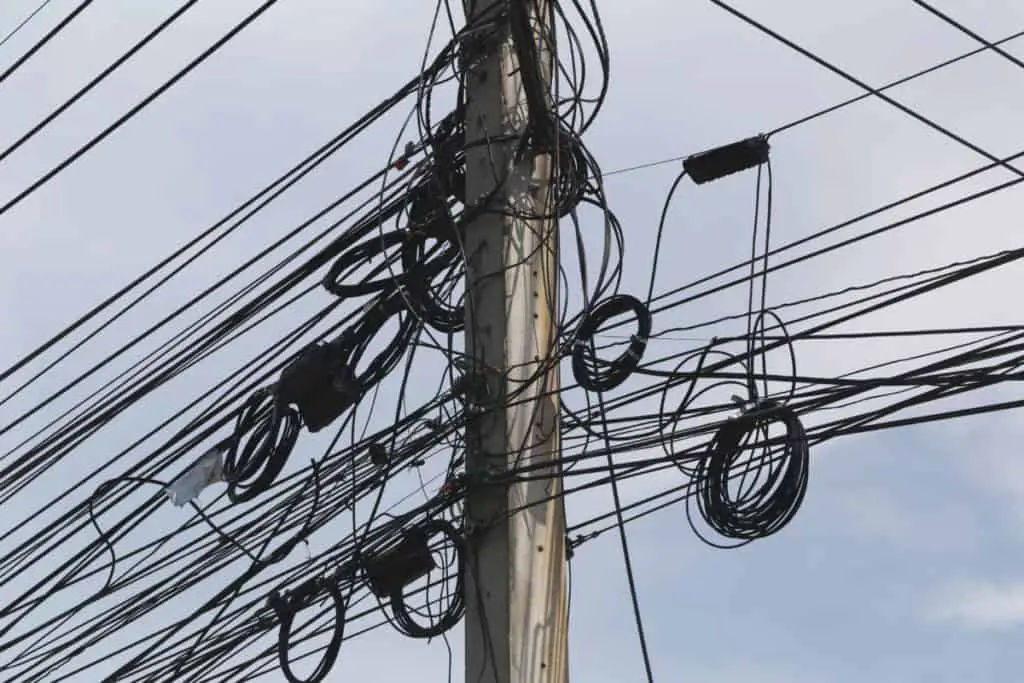
Going into a business without a plan is a bad idea. Going into a business in an industry notorious for its failure rate and slim margins is just plain stupid. As the quote that (supposedly) originated with Benjamin Franklin says, “Failure to Plan is Planning to Fail.”
Many new owners think that they have a solid plan, but more often than not, their “solid plan” is more of a framework or worse, just an elevator pitch. A true plan is a traditional business plan to start and eventually formal operations documents by the time the business opens.
As a general rule of thumb, a business plan should be 30 to 50 pages at a minimum. If you are in the process of opening a restaurant and have less than that, you are putting yourself at risk.
Part of building your plan is creating your menu, and a bad menu can have a seriously negative impact. Be it size, pricing, or lack options; all can be silent assassins to your bottom line before you even start.
Solution: Build a solid business plan that functions less as an avenue to obtain capital and acts more like a field manual. It should include as many details about your concept as possible, including an executive summary, company details, products & services, industry analysis, market analysis, launch summary, and financial plan. As you move closer to opening, begin to turn your business plan into an operations manual.
Take the time to price your menu using a Market Minus Pricing Strategy. Also, take a look at this guide to menu best practices. If you are already open and feel you are underpriced then consider that it might be a good time to increase prices.
Bad Leadership & Management

Sometimes, owners who exhibit unusually strong leadership skills can overcome many of the potential pitfalls on this list. On the flip side of that, a bad leader will do everything else right but still fail.
The most common flaw I see in restaurant owners and managers is a lack of accountability. This failure to be accountable will seep into all layers of your restaurant and create a toxic culture of “it’s not my fault.” Consider accountability as a black and white issue; your either above the line of accountability or below it. If you are below that line, you need to get above it quickly, or you WILL fail.
Don’t make the mistake of assuming you can be a good manager just because you are a natural leader. The management skillset is closely correlated with leadership, but not everything crosses over. Restaurateurs whom I encounter who are good leaders but bad managers often share some common traits, including disorganization, poor planning, and poor shift running.
Leadership starts at the top and, in almost all cases, means your years away from being able to be an absentee owner. Expect to work now to eventually step back and delegate later. In other words, expect to get your hands dirty. To get there, you are going to need to identify and develop a core of leaders from within and have a strong bench.
Solution: Do not underestimate the importance of strong leadership skills within yourself and anyone you elect to be part of management in your restaurant. A good leader never stops developing their leadership skills.
Avoid this pitfall by continually working to improve your skills as a leader by reading and taking part in development classes. There are countless seminars and courses you can enroll, just Google what you want to improve and your general location. Run great shifts day in and day out. If all else fails, consider outsourcing interim management.
Bad People Operations
Chances are you worked for a bad manager at some point in your life. I sure have. The thing is, some people who work for bad managers adopt that style of leadership and become bad managers themselves. They might even think they are good managers. WRONG!
Bad managers lead to poor employee morale. This leads down a rabbit hole of poor service, standards, and overall performance, making this one of the more deadly mistakes that lead to restaurant failure. Who you choose to work for you is the MOST important decision you will make. The wrong people will lead to constant turnover, which is expensive and bad for morale.
Having a lack of HR systems is one of the most significant root causes of bad people operations. These systems include hiring practices, disciplinary procedures, and training systems. Failure to follow the law in these practices can lead to costly lawsuits.
Your guest’s experience can never exceed your employee experience. Remember that.
Solution: A good culture is the secret weapon to success. If you can unlock the talent and productivity of your team to their fullest, you will find everything else becomes a cakewalk.
This starts by ensuring that you adopt a servant leadership approach. Your team is there to wait on the customers, and you should be there to serve your team’s needs. That means being whatever they need you to be- coach, cheerleader, drill sergeant, counselor, literally whatever the situation requires.
Second, you need to build relationships with every member of your team. Some “old school” managers view the idea of building relationships with your team as “weak.” I believe quite the opposite; the stronger the relationship, the better the work output. As long as the relationship stays professional and on the same level as a teacher/coach/pastor, then it is absolutely appropriate.
If you are entirely inexperienced in regards to Human Resources, consider hiring a consultant to develop an employee manual with you and provide you with the training you will need for future issues.
Bad Food
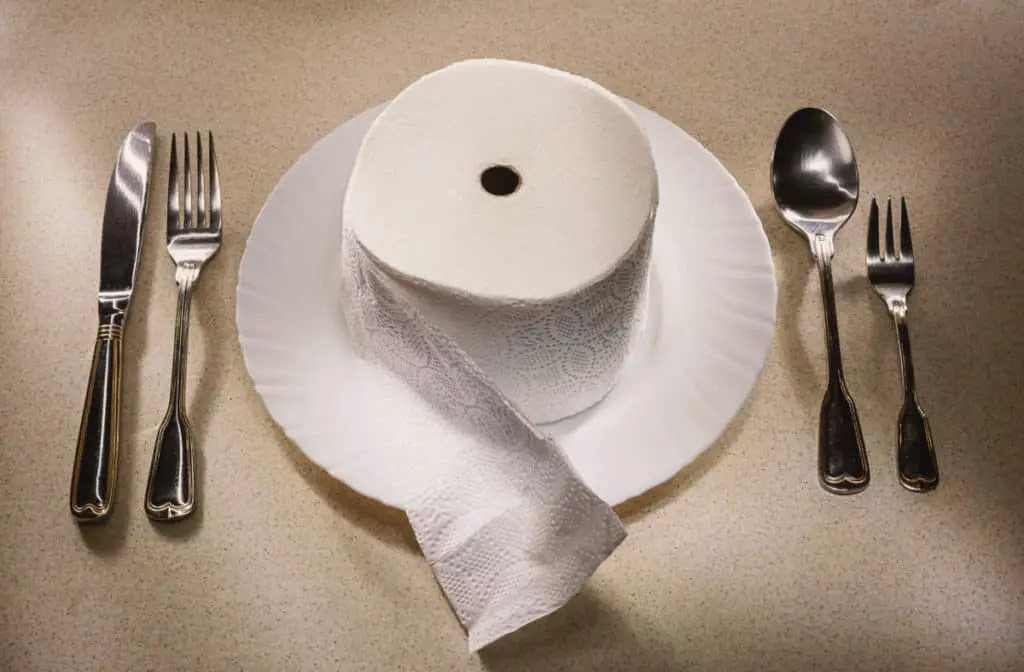
Remember the Planet Hollywood restaurant chain? Launched in 1991 with a ton of fanfare and the backing of Hollywood’s biggest stars, it was a “must visit” for movie fans across the world. With decor sporting movie props and memorabilia from the greatest movies ever made, it was initially a huge success.
Planet Hollywood had a successful IPO in 1996, reaching $32 a share on the first day but dropped to under $1 by 1999. The company has subsequently gone bankrupt. Twice.
Why did this empire crumble so quickly, even with such a unique setup and financial might? The restaurant was destined to fail from the beginning because the food sucked. Planet Hollywood was all sizzle and no steak. One visit was enough for most, and word spread quickly that the price wasn’t worth the overall experience. The moral of the story is that if your food is not good, you will eventually fail.
Even if your food is good, you still might find yourself in the “bad food” category. No matter how groundbreaking the recipe, if your team cannot easily replicate it over and over, it has no place on your menu.
Solution: Take time to develop each recipe on your menu until you feel it is perfect. From there, test it on friends and family and further refine them.
Standardize your recipes by documenting them in a recipe manual. Train and test all employees to ensure they can produce the food to the standard of the recipe. Replace menu items that receive complaints or are unpopular.
Regularly test your food by “secretly” ordering it from your kitchen to check the product that would have normally been served to a guest. Have your manager (or yourself) work as an expeditor during peak to ensure that all dishes that leave the kitchen meet your standards.
Bad Customer Service
Let’s face facts; the customer is NOT always right. Regardless, good customer service means treating them like they are always right. That alone makes customer service very difficult for most people. Every restaurant thinks they deliver great service, but very few do so consistently. Most provide “good enough” service.
Service goes beyond just how we treat our customers. Service embodies the entire experience. How quickly were they greeted when they came in the door? Was their server attentive and react before being asked? Did the food come out quickly? All of these items factor into the customer service experience.
Complaints are going to happen, but how did you and your team deal with these complaints? How you handle complaints will also affect how your overall customer service is perceived.
Solution: Lead by example with a “guest first” attitude that puts the needs of the customer above the (reasonable) needs of the restaurant. Train your team to do the same by developing a strong training program that emphasizes great service. Going above and beyond should be a regular thing. Never forget that a single negative experience can ruin a customer’s opinion of your restaurant forever.
You are going to deal with grumpy people every day. Some of them are going to be downright nasty. Try to be the bigger person and rise above it as you never know what they are going through. Watch the video below that was made by Chick-fil-A. I watch it regularly when I am feeling burned out by customers and use it when onboarding new employees. I find it very powerful.
Undisciplined Operations
You should strive for your restaurant to run like a well-oiled machine. That means consistent and disciplined operations daily. A well-disciplined restaurant will provide a consistent experience for your customers regardless of what time of day or day of the week they are visiting.
Employees who do things differently based on what managers/owners are in the building is one of the most prominent signs of undisciplined operations. If you find your employees saying things like “so and so is here, don’t do it like that today,” then your operations aren’t disciplined. Your restaurant should strive to run the same day in and day out, regardless of the presence of the owner, health inspector, Mayor, or food reviewer.
Reviewing complaints by your guests and employees can also reveal inadequate operating systems and help you find “holes” in your procedures that need to be adjusted. Every complaint is a gift for this very reason.
Solution: Create an operations manual that includes all recipes, routines, systems, standard operating procedures, tools, expectations, and preferred work methods.
Develop an audit process to ensure your entire team is adhering to your operations manual at all times. Schedule time each month to audit your systems and tools to make sure things are being done correctly. Hire a mystery shopper to ensure the service end is being held up.
Lack of Sales

Not getting the people in the door to generate a large enough top line is frustrating and one of the biggest fears of new restaurant owners. Fortunately for the well-prepared owner, a lack of sales is almost always the net result of one of the above mistakes.
If all of the above are not the root cause of a sales deficiency, the most likely culprit is a lack of marketing, a weak internet presence, and a failure to embrace technology. You might be in this situation if you opened your restaurant with a “build it and they will come” mentality.
Solution: Develop a multipronged plan to advertise and market your restaurant with a strong emphasis on digital media, ensuring that you are embracing technology and social media to its fullest.
Revamp your website to make it modern, eye-appealing, and able to accept online orders. For restaurants offering carryout, online ordering is no longer a bonus, it’s an expectation. Partner with reservation services and begin offering delivery.
Part of a weak internet presence means poor reputation management. Take a look at how your reviews on Facebook and Yelp are looking. Look at negative reviews as a gift: rather than merely not coming back, many of these complaints let you know first and are giving you the chance to fix it. Respond to every complaint and take full responsibility. This is your chance to change the narrative. Lastly, start building an email list from day one.
Lack of Profit

We all know that the bottom line (profit) is dependent on the top line (sales), but what if the sales are healthy, but it’s not translating into profit? The odds are that your prime costs are out of whack.
Your prime costs are the combined cost of food and labor. These are by far the two biggest expenditures in your business. Not controlling these can eat away at your profit very quickly.
Solution: Focus on your prime costs and get them below 60%. Food cost requires careful planning and continuous management. Food cost management includes putting processes in place to control portioning, waste, theft, ordering, and receiving. To learn more about how to lower your food cost, check out this article.
Labor cost is a bit harder to get in line. With minimum wage always on the rise in the United States, I expect this will continue to be a struggle. Forecast accurately, schedule wisely, and continually work to improve productivity to get your labor in the 30% range. Management needs to own, even micromanage, labor. Every hour of the day needs to be accounted for.
Hating the Business

This is the reason for failure that skews the rest of the numbers. So many restaurants “fail” because owners decide that they hate the life of a restaurateur and close up shop. Be it the long hours, late nights, unappreciative guests, or revolving door of employees, it’s simply not what they expected when they got into it.
Often this “failed” restaurant skews the numbers because it was actually profitable and successful. The owner just wanted out and chose to close or sell the business.
Solution: Know what you are getting into from the start. Spend time talking with other restaurant owners, and do your homework before making such a commitment. Before quitting, consider closing one day a week.
There are things you can do to improve your quality of life. Implement productivity systems like the Getting Stuff Done (Amazon affiliate link) system to learn to work more efficiently to allow for a better work/life balance.
Learn to practice self-care by forcing yourself out of bed an hour earlier each morning with The Miracle Morning (Amazon affiliate link). Last but not least, develop a strong team and a deep bench by making your employees experience a top priority.
Conclusion
The hype is overstated; the restaurant business is not nearly as risky as popular culture has made it out to be. Knowing the risks and being proactive is most of the battle. Stay vigilant, accountable, and always look for new ways to improve, and you will be on your way to success. Remember, almost all failure is preventable!
